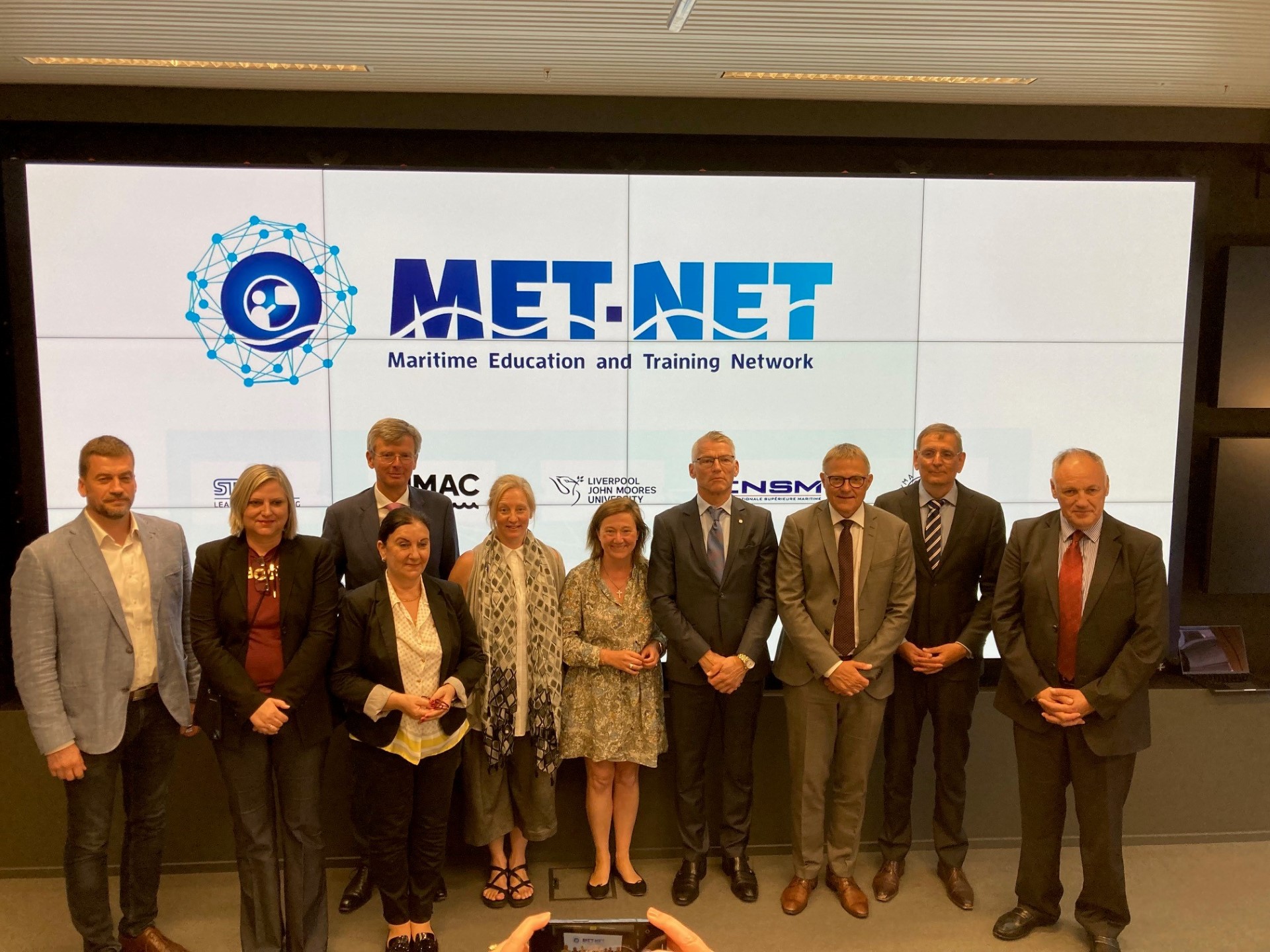Training institutions join force in Europe to prepare for the challenges of a transformed industry and new training needs
New fuels, new technologies and digital solutions, even demands for shore-based control centres to be manned by experienced master mariners with sea time are putting pressure on how seafarer training and education should evolve. Training bodies and universities are beginning to react to the challenge, but need to speed up.
There are projections, such as from class societies and brokers that the orderbook for vessels with new fuels will increase exponentially. It can already be seen with liquid natural gas and more recently with the orderbook for methanol dual fuelled vessels.
DNV has in a recent report said that hundreds of thousands of seafarers will need updated training, or retraining, to be able to safely handle new fuels, with some needing that training today given the near 100 methanol fuelled vessels on the orderbook. The report authors have pointed out to Fathom World that not all sefraers on a methnaol fuelled vessel for example will need the same level of retraining. Galley staff and stewards would need more basic safety awareness, while deck crews and officers would need safety and bunker training, while engineering officers more detailed training on maintenance and emergency response.
A European project, SkillSea, is coming to an end after four and a half years, and amongst its outputs has been the identification of Skills gaps with European seafarers and shipping companies, as well as future skill needs. The results pointed to those issues mentioned earlier, but also the launch of the Marine Training and Education Network.
Nine education and training establishments have agreed to launch the network and try and share resources and best practices.
The nine MET-NET founders come from Netherlands, France, Denmark, UK, Croatia, Romania, Germany, Estonia and Norway.
The nine bodies are involved in seafarer training and education, though with different targets, with some seeking more national students, others bringing in students internationally. Some offer cadet apprenticeships with applicants achieving certificates of competence, thus offering courses that meet the requirements of STCW, while others offer additional further training, which may already consist of some forms of advanced digital education or courses in autonomy for example. Others go beyond the practical, vocational education of seafaring qualifications and offer bachelors and masters courses.
Blocked career progression
This in itself highlights another of the challenges being faced by training and education institutions and even the industry. Many seafarer qualifications are not aligned with formal degree progression, meaning that seafarers which have achieved a certificate of competence, have years of leadership experience, may not have an avenue to readily seek a Master degree when they subsequently seek shore side roles.
During Nor-Shipping last week in Oslo, a number of universities also came together for the Nor-shipping Campus Day, and a similar issue was highlighted during discussions.+- The recognition is that this career progression gap makes it difficult to retain seafarers in the maritime sectors, at a time when many sectors are seeking skilled employees.
Thus the industry has three problems it needs to solve immediately, a lack of interest in school leavers to presume maritime/seagoing careers, a lack of clarity on what the future training needs are likely to be, and then an unclear bridge between seagoing professionals and the many roles across the collective maritime sectors.
Related stories
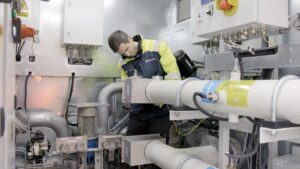
Crew training is a crucial factor for efficient BWTS operations, says Optimarin
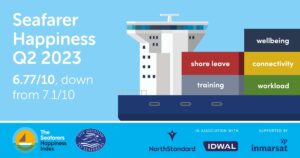
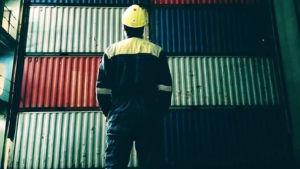

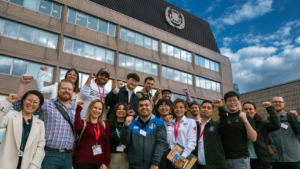
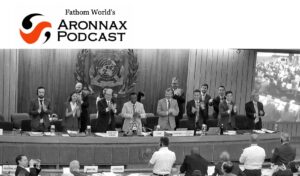


Aronnax: July 3rd
























